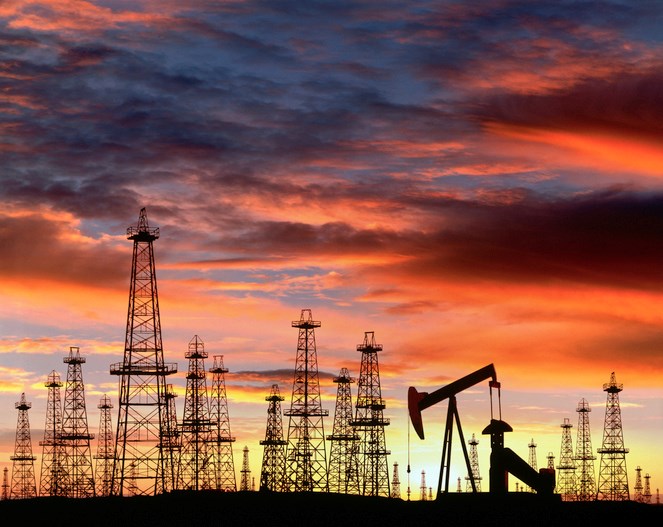REGINA - The Ministry of Energy and Resources has published its second Oil and Gas Emissions Management Regulations (OGEMR) Annual Emissions Report.
In 2021, greenhouse gas (GHG) emissions from vented and flared gas at upstream oil facilities in Saskatchewan totalled 4.4 million tonnes (Mt) of carbon dioxide equivalent (CO2e).
This represents a reduction of 6.5 Mt CO2e, or 60 per cent, from 2015 levels, and a drop of 0.8 Mt, or 15 per cent, from 2020 levels.
"A 60 per cent reduction is a significant achievement and clearly demonstrates that Saskatchewan is a jurisdictional leader in methane reduction and its energy sector is one of the most environmentally responsible in the world," Energy and Resources Minister Bronwyn Eyre said.
"Saskatchewan's comprehensive regulations target both methane from venting and carbon dioxide from flaring. This is more comprehensive than the federal approach, which targets only methane emissions."
Multiple factors contributed to the provincial emissions reduction in 2021, including the Saskatchewan oil and gas sector's investments in new equipment and/or infrastructure at key locations, which resulted in reducing company-level emissions.
Several of these infrastructure efforts were supported through the Saskatchewan Petroleum Innovation Incentive (SPII), administered by the Ministry of Energy and Resources. SPII offers transferable royalty/production tax credits for innovative, made-in-Saskatchewan projects at a rate of 25 per cent of eligible costs, including capital and operating expenditures, up to a maximum of $5 million in credits.
In 2019, the Government of Saskatchewan released its Methane Action Plan (MAP) and OGEMR's goal to reduce GHG emissions by 40 to 45 per cent from 2015 levels by 2025. The latest results demonstrate Saskatchewan's continued regulatory leadership and ongoing innovation of the upstream oil and gas sector.
Emission reductions outlined in Prairie Resilience: A Made-in-Saskatchewan Climate Change Strategy have been achieved and will likely be exceeded in 2025.
OGEMR is part of an equivalency agreement on methane emissions signed in 2020 with the federal government. The agreement established a five-year timeframe and expires on Dec. 31, 2024.
OGEMR provides flexible, results-based regulations that allow industry to achieve greater emissions reduction at a significantly lower cost than the federal equivalent.



